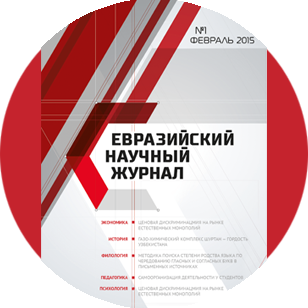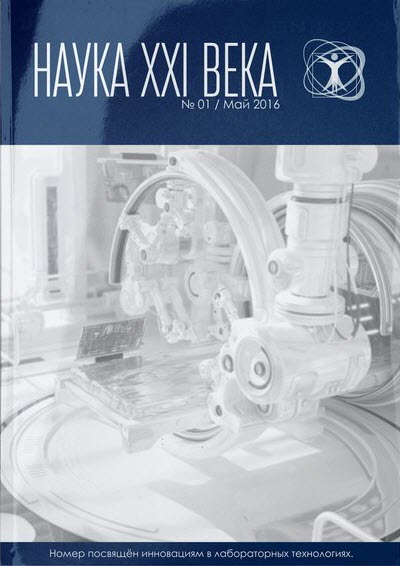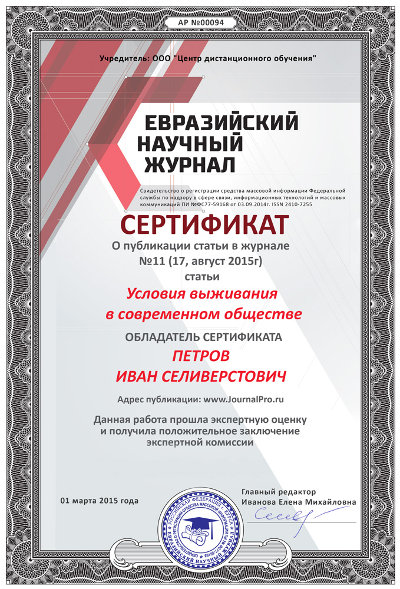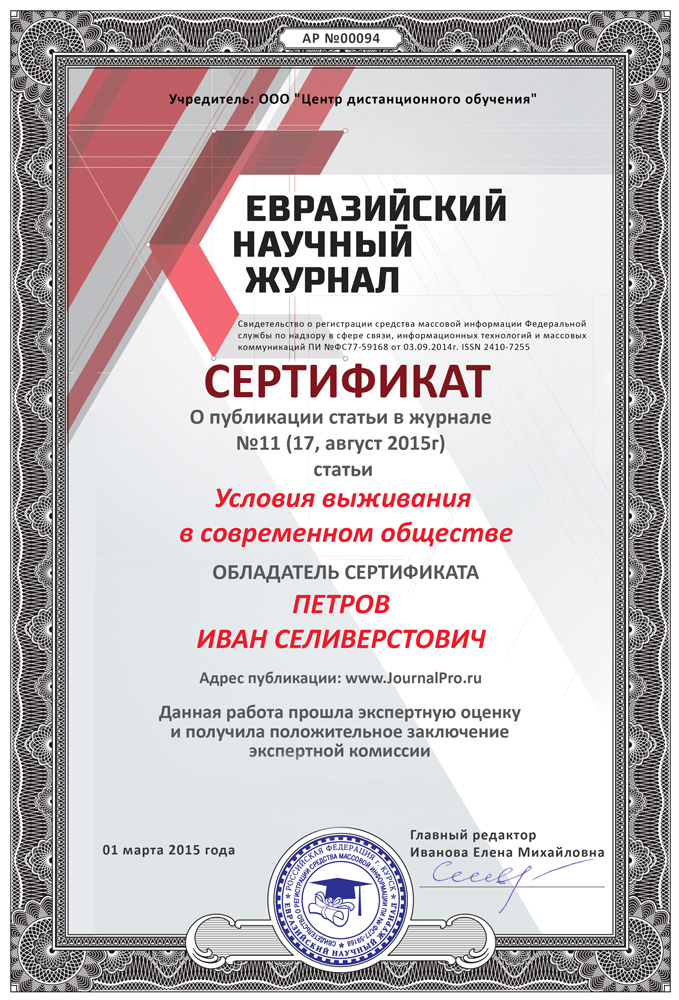Срочная публикация научной статьи
+7 995 770 98 40
+7 995 202 54 42
info@journalpro.ru
SEMANTIC AND PRAGMATIC ANALYSIS OF PHRASEOLOGICAL UNITS OF THE ENGLISH LANGUAGE IN A LITERARY TEXT
Рубрика: Филологические науки
Журнал: «Евразийский Научный Журнал №6 2021» (июнь, 2021)
Количество просмотров статьи: 1603
Показать PDF версию SEMANTIC AND PRAGMATIC ANALYSIS OF PHRASEOLOGICAL UNITS OF THE ENGLISH LANGUAGE IN A LITERARY TEXT
Zubaydullaeva Hilola,
Master's degree student
of Samarkand State Institute of Foreign Languages
Abstract: In this article, the author analyzes the relationship between phraseological semantics and pragmatics. It is suggested that connotation prevails in the semantic structure of phraseological units, and the components of connotation such as emotionality, evaluativeness and expressiveness have a close relationship with each other. The expressiveness of phraseological units is understood as the function of expressiveness, impact. The author defines expressiveness as the main function of connotation, which is inextricably linked with pragmatics.
Keywords: phraseological units, receptor, pragmatics, linguistic means, expressiveness, linguistics
In the works of domestic and foreign researchers, there are two approaches to the interpretation of the concept of ‘pragmatic potential’. In a broad sense, it is the pragmatics of a specific text, in a narrow sense, it is the pragmatics of linguistic means, namely the pragmatic potential of certain linguistic units. According to V.N. Komissarov, to create the pragmatic potential of the text, the subject of speech (in other words, the speaker or the source) chooses the content of the message and certain ways of its linguistic expression. “In accordance with its communicative intention, the Source selects for the transmission of information linguistic units that have the necessary meaning, both objective-logical and connotative, and organizes them in the statement in such a way as to establish the necessary semantic connections between them. As a result, the created text acquires a certain pragmatic potential, the ability to produce a certain communicative effect on the Receptor”.
As for the pragmatic potential of linguistic means, phraseological units, due to their linguistic specificity and special semantic structure, have significant pragmatic potential, i.e. the ability to have a certain effect on the receptor, (impact) which manifests itself in different ways depending on a number of factors. A similar effect of influence is achieved due to the expressively colored connotation (as an element of connotation), which invariably accompanies the semantics of phraseological units and stable expressions of various types. V.N. Telia notes that “the connotation is always expressive, thus, it [the connotation] is the expression of expressiveness” [6, p. 101].
Connotation can be defined as a semantic essence, a special macrocomponent of the meaning of linguistic units, expressing the emotional-evaluative attitude of the speaker (that is, the subject of speech) to reality, on the basis of which this meaning receives an expressive coloring. According to V.N. Telii, connotation is a product of emotional-evaluative perception and emotive reflection of reality in the nomination process. “The connotation is always evaluative and always emotive, as it contains means for identifying the subject of connotation and the subject of speech (speaker), therefore the connotation is always subjectively oriented” [6, p.34, p.39]. This is the anthropological aspect of connotation. NV Karpovskaya considers phraseological units as “a strategic tool that promotes the implementation of a speech strategy of enhanced impact on communication participants and as a distinctive characteristic of an emotional linguistic personality” [2, p. 1]. Thus, the combination of expressive, evaluative and emotional (emotive) meanings of phraseological units along with their stylistic properties create a certain pragmatic effect. V.N. Telia, for example, has repeatedly emphasized in her works that “... the function of influence, directly and inextricably linked with the pragmatics of speech, is the main function of connotation” [6, p. 21]. Due to the significant place that connotation components occupy in the structure of phraseological semantics, phraseological units have significant pragmatic potential, and also play a large role in the pragmatic content of statements and texts.
Modern pragmatics studies speech within the framework of the general theory of human action. In pragmatics, the text is subjected to automatic analysis, in which factual information, including pragmatic data, is organized in the form of scripts or “frames” that simulate knowledge about typical situations and allow to correctly interpreting the content of the text. Since the pragmatic potential of a text can be achieved not only through linguistic means, but also through, for example, intonation, it can be concluded that any linguistic means can acquire a certain pragmatic potential in the context of the entire utterance. We will be interested in the pragmatics of linguistic means, namely phraseological units.
So, we will consider several speech situations, selected from the works of Somerset Maugham “Lisa from Lambeth” [8] and “Trivia” [9], from the point of view of the use of phraseological units in them, and we will try to analyze their pragmatic potential in a particular situation ... It should be noted that an isolated study of a linguistic unit does not give an idea of the variety of connections that it enters into in the context, about the associations that it can cause in a particular environment, about the additional meaning that it acquires during occasional use.
All this is even more applicable to phraseological units due to the complexity of their semantic structure and the high proportion of connotations in many of them. In addition, phraseological units, being stable and separately formed formations, allow a variety of structure-semantic changes in speech, including the most complex transformations that are not characteristic of other linguistic units. All this makes it extremely important (from the point of view of pragmatics) to study the “behavior” of phraseological units in the context (in a specific situation).
Situation 1:
Somerset Maugham “Liza of Lambeth” Chapter V
“’Ave you got whale-bones?” said Tom with affected simplicity, putting his arm round her waist to feel.
“Na, then,” she said, “keep off the grass!”
“Well, I only wanted ter know if you’d got any.” He still kept as he was" [9, p 33].
Thus, the phraseological unit “keep of the grass”, isolated from the context, will be subjected to pragmatic analysis. First you need to find out what definition is assigned to it in the phraseological dictionary. The Comprehensive English-Russian Phraseological Dictionary of A.V. Kunina defines this phraseological unit as follows: Keep off the grass! — forms. Do not walk on lawns! (usually an inscription in parks). — decomp. Don’t be so arrogant! Hands off! Stay away! [4, p. 331].
Thus, due to the use of phraseological units, this statement acquires the following pragmatic meaning:
- indirect meaning — thanks to the allegory in the construction of the statement they gave the whole show away = the letters discovered the secret intimate relations of a Viscountess with the clerk — the letters reveal the secret intimate relations of the viscountess and the clerk (it is not customary to talk about such things openly in society); a hint — the woman probably wants her husband to tell more about the content of letters in society;
- allows to determine the speaker’s attitudes: character traits and views (the phraseological unit used by the subject of speech indicates that a woman knows about the content of personal letters that are stored in her husband’s safe and it costs her nothing to read them); the psychological state of the speaker — irritation, indignation and envy (due to the fact that her husband never wrote such tender letters to her).
- allows to determine the attitude of the subject of speech to what he communicates: the speaker, obviously, attaches great importance to his statement and, bringing into focus the interests of the person in question, tries to draw attention to his person through the use of allegorical phraseological units.
As a result, the following should be noted: considering the pragmatics of linguistic means (the pragmatic potential of certain linguistic units, in our case phraseological ones), it is impossible not to take into account the pragmatics of the speech situation, within which a particular linguistic unit is considered. As a result of the analysis, we have confirmed that the use of emotionally colored linguistic units in speech, expressed in an expressive form, testifies primarily to the emotional attitude of the speaking subject of speech to the world and allows us to draw a conclusion about the pragmatic competence of the speaker. Through the prism of perception of the subject of speech, it is possible to give a linguo-pragmatic assessment of the addressee, analyze the interaction of the subject of speech and the addressee in the act of communication, and also characterize the situation of communication in general.
THE LIST OF USED LITERATURE:
1. Ахманова О.С. Словарь лингвистических терминов. — М.: Советская энциклопедия, 1966.
2. Карповская Н.В. Прагматический потенциал усилительных фразеологических единиц в свете детерминации переводческих решений. Available at: https://conf.sfu-kras.ru/uploads/Karpovskaya%20N.V..doc
3. Комиссаров В.Н. Теория перевода (лингвистические аспекты). М.: Высшая школа, 1990, — 253 с.
4. Кунин А.В. Большой англо-русский фразеологический словарь. — М.: Русский язык, 1998.
5. Стернин И.А. Проблемы анализа структуры значения слова. — Воронеж: Изд-во Воронежского Ун-та, 1979.
6. Телия В.Н. Коннотативный аспект семантики номинативных единиц. — М.: Наука, 1986.
7. Longman Dictionary of Contemporary English. — London: Pearson Education Limited, 2000.
8. Английский рассказ XX века. / под ред. Самуэльян Н.А. — М.: Менеджер, 2000.
9. Maugham W.S. Liza of Lambeth. — New-York: Penguin Books, 1993.









